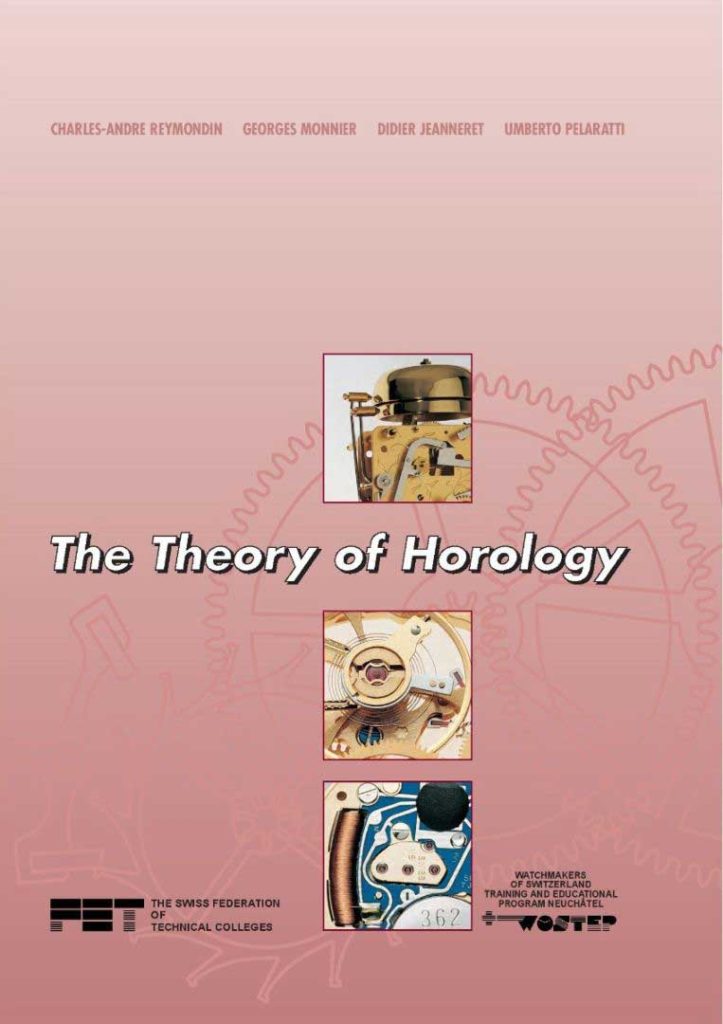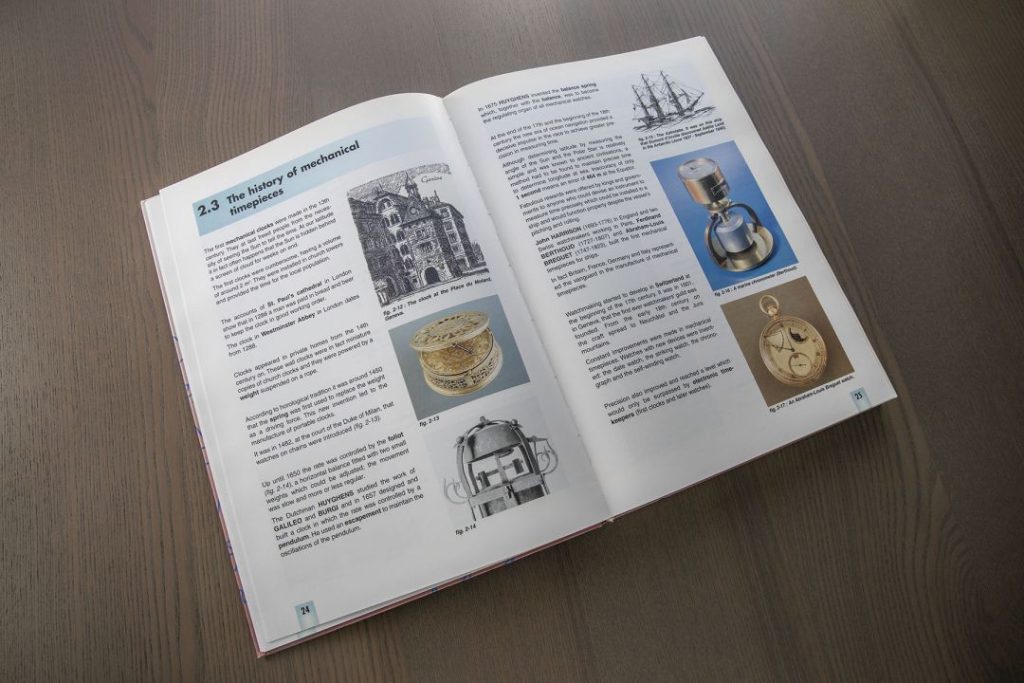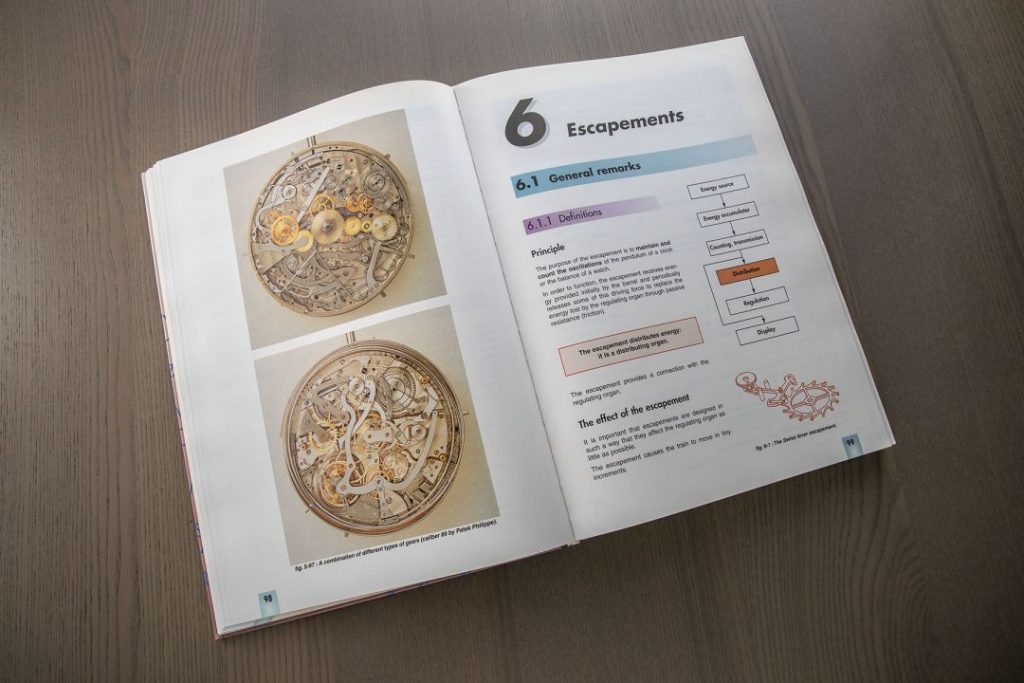For most enthusiasts, collectors or watch lovers, a layman’s appreciation of gears, complications and other mechanical horological ingenuities is ample fulfilment of watch lovin’. But inevitably, as one delves deeper into the art and craft of horology, deeper and more complex questions begin to emerge. For example, does a specific wheel in a gear train require a specific number of teeth? Or how exactly does a perpetual calendar calculate the missing dates in alternate months and make the leap each February, except for leap years?
To answer those questions and more, you need The Theory of Horology. Long seen as a guide book for watchmakers and students of horology, self-taught movement engineers or journalists, it’s an essential reference that one should possess, if you intend to go simply beyond the general understanding of watchmaking and delve further into appreciating every component of every complication.
Written by Charles-Andre Reymondin, the Theory of Horology covers the history and origins of the timekeeping and delves into a instructive and illustrative guide of mechanical and quartz timekeeping, as well as the mathematics behind each gear design. It covers the complete range of watchmaking complications, although it’s a general and therefore does not highlight specific brands. Instead it focuses on key milestones and complications that have changed the industry at large.
For any collector who’s keen to gain a deeper understanding of watchmaking and how a split-second chronograph works, to the design differences between sounding complications, or if you’re simply curious and are interested in learning how to tinker with a mechanical watch movement, then this is an essential guide that will lead you on a path to amateur watchmaking as a hobby. Use it alongside other great watchmaking tomes, to gain greater understanding into just how your favoured wristwatch operates with such keen efficiency.













